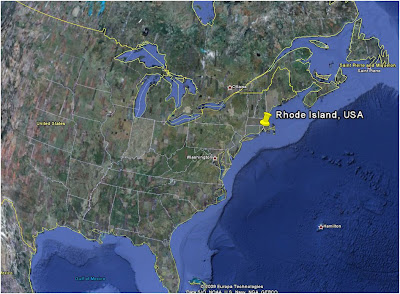Brunei:
May 31 is Armed Forces day in Brunei, and I am flying the national flag which was adopted on September 29, 1959 when the country was a British protectorate, and was retained when the country gained full independence on January 1, 1984, as Brunei Darussalam (State of Brunei, Abode of Peace). The flag has the Coat of Arms of Brunei in the centre, on a yellow field. The field is cut by black and white diagonal stripes, although they are officially called parallelograms.
The coat of arms is as follows: a crescent (symbolising Islam) joined with a parasol (symbolising monarchy), and two gloves on both sides. Below the crescent is a ribbon. On the crescent and ribbon are Arabic inscriptions translating as "State of Brunei, Abode of peace" and Brunei's motto, "Always in service with God's guidance"
In Southeast Asia, yellow is traditionally the colour of royalty, and the royal standards of Malaysia and Thailand, along with the presidential flag of Indonesia, also use a yellow field.
Black and white stripes represent Brunei's chief ministers, and yellow represents the Sultan of Brunei. The national emblem was placed in the center in 1959. A similar version of this flag, without the coat of arms, was first used in 1906. The coat of arms bears a crescent symbolic of the Islamic faith, and the central mast is a symbol of the state. The flag and umbrella are symbols of royalty, and the upturned hands signify the benevolence of the government. The Arabic motto on the crescent translates as : Always render service by God's guidance. Below it, a scroll bears the inscription Brunei Darussalam, the country's official title, meaning City of Peace.
The armed forces use the following flag:
The Sultanate of Brunei's influence peaked between the 15th and 17th centuries when its control extended over coastal areas of northwest Borneo and the southern Philippines. Brunei subsequently entered a period of decline brought on by internal strife over royal succession, colonial expansion of European powers, and piracy. In 1888, Brunei became a British protectorate; independence was achieved in 1984. The same family has ruled Brunei for over six centuries. Brunei benefits from extensive petroleum and natural gas fields, the source of one of the highest per capita GDPs in Asia.







_svg-745981.png)






_svg-721105.png)








